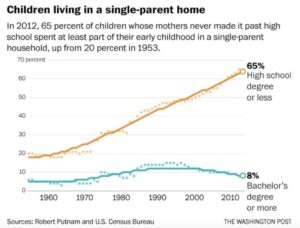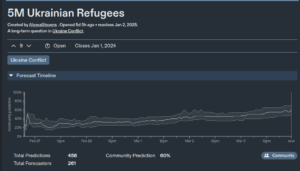In 2016, a Brazilian PHD student with access to the Brazilian Pelotas dataset was kind enough to run a few regressions for us. We apparently forgot to make the results public, but do so now so others can see. I have also previously analyzed some of this data which was later published in an obscure place (thanks to Random Critical Analysis for finding it). Unfortunately, the IQ variable was not among the published variables and the ancestry data was binned which distorts results, but still colorism could be rejected for that dataset.
Anyway, back to the Pelotas results from the pure dataset. The first table gives summary statistics for the genomically measured ancestry variables.
Table 1. Mean and standard deviation of European, African and Amerindian genomic ancestry (N=3030).*
| Genomic ancestry | Mean (%) | Standard deviation (%) |
| European | 77.3 | 20.2 |
| African | 15.5 | 19.2 |
| Amerindian | 7.2 | 4.6 |
*Refers to individuals with data for at least one socioeconomic outcome.
The second table shows the correlations between ancestry and the social status measures. These were included in our 2017 meta-analysis.
Table 2. Pearson correlation coefficients of European, African and Amerindian genomic ancestry with socioeconomic outcomes measured at 30-31 years of age.
| Genomic ancestry | Household asset index (N=2845) | Income (Brazilian reais) (N=3030) | Schooling in complete years (N=3005) |
| European | 0.27 | 0.15 | 0.22 |
| African | -0.24 | -0.14 | -0.19 |
| Amerindian | -0.17 | -0.12 | -0.17 |
The sample sizes for the dataset. Note the tiny samples for Asian meaning that these should be ignored. They should also be ignored because the ancestry estimation did not include a proper East Asian ancestry, these are probably Japanese descent people.
Table 3. Number of individuals in each skin color with valid data for each socioeconomic outcome.
| Skin color | Predictors | Household asset index | Income (Brazilian reais) | Schooling in complete years |
| Interviewer-rated | White | 2258 | 2386 | 2368 |
| Brown or Mulatto | 185 | 203 | 202 | |
| Black | 390 | 418 | 412 | |
| Asian (“yellow”) | 11 | 11 | 11 | |
| Native American | 10 | 12 | 12 | |
| Self-reported | White | 2138 | 2261 | 2244 |
| Brown or Mulatto | 161 | 171 | 170 | |
| Black | 462 | 496 | 489 | |
| Asian (“yellow”) | 50 | 54 | 54 | |
| Native American | 43 | 48 | 48 |
Finally, the regressions of interest. Note the effect sizes and directions here, not just the p values. Skin color as rated by either interviewers or subjects themselves (models 1-2) had non-random relations to outcomes, but in the wrong directions! Controlling for ancestry, darker skin generally was related to better outcomes, not worse. Thus, at least for this sample, colorism seems disproved as one would expect. Brazil has various affirmative action policies and these should result in the positive associations one sees because such policies are based on visual racial cues, not genomic ancestry.
Table 4. Standardized linear regression coefficients (standard errors) of socioeconomic outcomes at 30-31 years of age according to European genomic ancestry and skin color.

